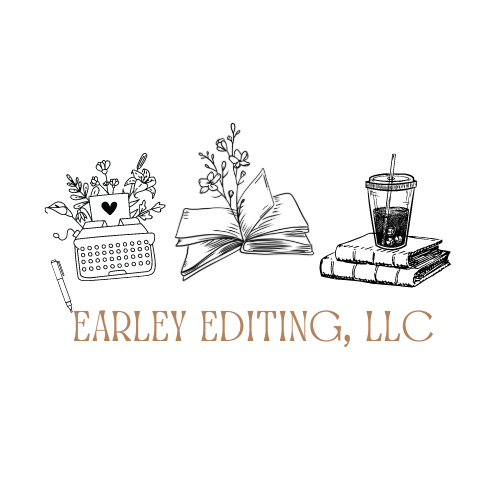How to Write the First Chapter of a Novel
Writing a compelling novel opening is crucial for capturing readers' attention and setting the tone for your story. From the first word, the first line, the first paragraph, the first page, the first chapter—a novel’s opening greatly influences whether a reader will keep turning the pages of a book. If a reader picks up your book in a bookstore and your first line doesn’t catch their interest, they might not be compelled to read on, leading them to not being influenced to purchase the book.
This is a lot of pressure, so let’s go over some tips to help you craft an engaging opening for your book!
The first thing you should work on is writing a captivating first sentence. This might take you several tries. Many authors even rewrite their entire first chapter until they write one they feel is engaging enough. A first sentence should grab the readers’ attention and make them curious. This first sentence can involve an intriguing statement, a compelling question, a vivid description, or something action-packed. The goal is to create an immediate sense of intrigue or urgency that draws readers in.
The next thing you will have to focus on is your voice or writing style. This is why many authors will rewrite their first chapter. As an author goes on to write and discover their story, they will also discover their unique voice. To do this, experiment with different narrative techniques, tones, or perspectives to find a unique and compelling way to tell your story. Once you do this, aim to create an opening that feels fresh and authentic.
With a novel opening, not only are you introducing readers to the world you’ve created, but you’re also introducing readers to your main character (MC). While you don’t want to info-dump on readers (and please avoid having your MC describe their physical characteristics while looking in a mirror), you want to sprinkle in information to keep them glued to the page. When introducing your protagonist, main character, or key character, you want to provide enough information to make readers itch to know more about them. However, you don’t want them to question … “who is [insert main character’s name]?” You want to reveal enough unique traits, motivations, and conflicts to create interest and invest readers in their journey.
Establishing setting can be one of the tricker things to do. You want to be descriptive, immersive, and have the MC/protagonist live and experience the setting rather than drawl on about each and every detail involved. You don’t want to leave readers feeling confused about where they are or what the surroundings look like, but you don’t want to info-dump on them about where every tree is standing in relation to the main character either. Find a balance of describing the world, surroundings, and/or environment in which your story takes place. To do this, use sensory details to paint a vivid picture and immerse readers in the scene. Consider how the setting contributes to the overall mood or atmosphere of your story.
The “show, don't tell” technique can be incredibly important. Instead of providing a lengthy exposition or backstory, try to show important details through action, dialogue, or sensory description. This allows readers to experience the story firsthand and helps to build a connection with your characters and their world. Try to remind yourself to not say/write what the character is feeling, imply it. Our Founder and CEO, Ashley Earley, has written a guidebook on “show, don’t tell,” which you can find on Amazon here.
Conflict drives a story forward. By introducing a compelling problem, dilemma, or tension early on, you’re grabbing readers and forcing them to turn the pages. Conflict can relate to an internal struggle within the protagonist, an internal/external conflict with another character, or an external challenge that sets the plot in motion. Engage readers by making them care about how the conflict will be resolved.
Curiosity or mystery will also encourage readers to turn pages. While it's important to engage readers, it's equally important to leave room for questions and curiosity. Avoid revealing all the answers or resolving major conflicts right away. Weave in intrigue or mystery rather than giving everything away (info-dumping) all at once. However, if you are too vague and keeping too much from readers, you are not building curiosity. Instead, being too vague can frustrate a reader because they can feel you holding back. By being stingy, your story has nothing to hold the reader’s interest or draw them in.
As stated before, the opening of your novel may evolve or be rewritten several times during the writing and editing process. Once you have a completed first draft, it’s important to revisit your opening to refine the language, strengthen the pacing, and ensure it aligns with the overall tone and direction of the story. Seek feedback from trusted readers, writing groups, or a professional editor to gain different perspectives.
Ultimately, a successful novel opening captures readers' attention, introduces compelling characters or conflicts, and sets the stage for the journey ahead. Experiment, revise, and craft an opening that reflects your unique story and hooks readers from the very beginning. This balance will hold readers to the page and keep them turning the pages.
